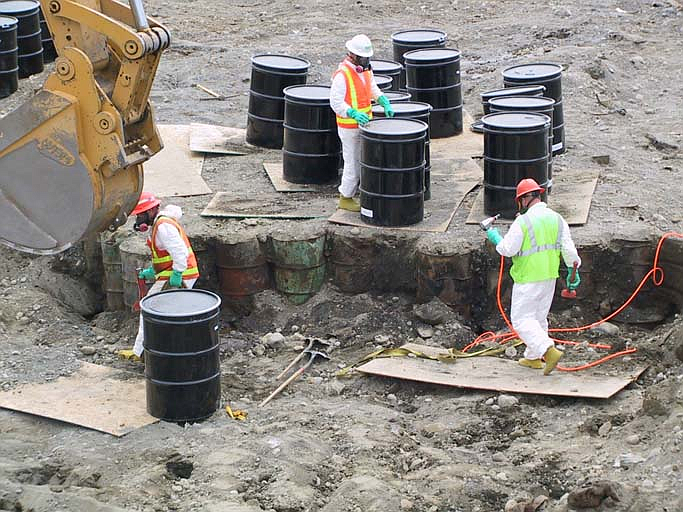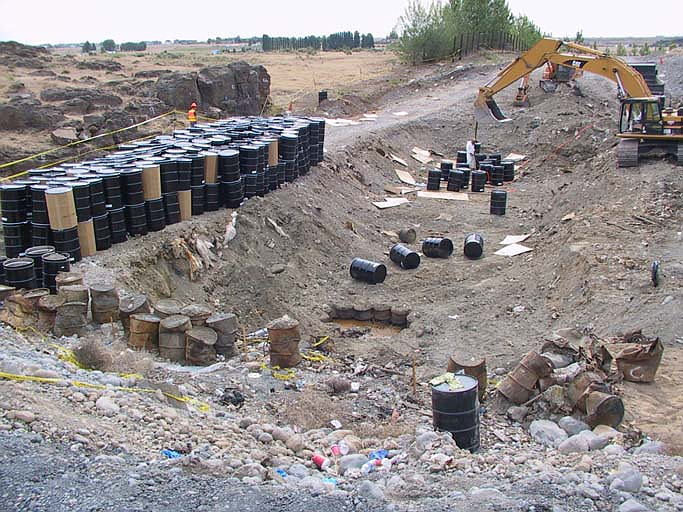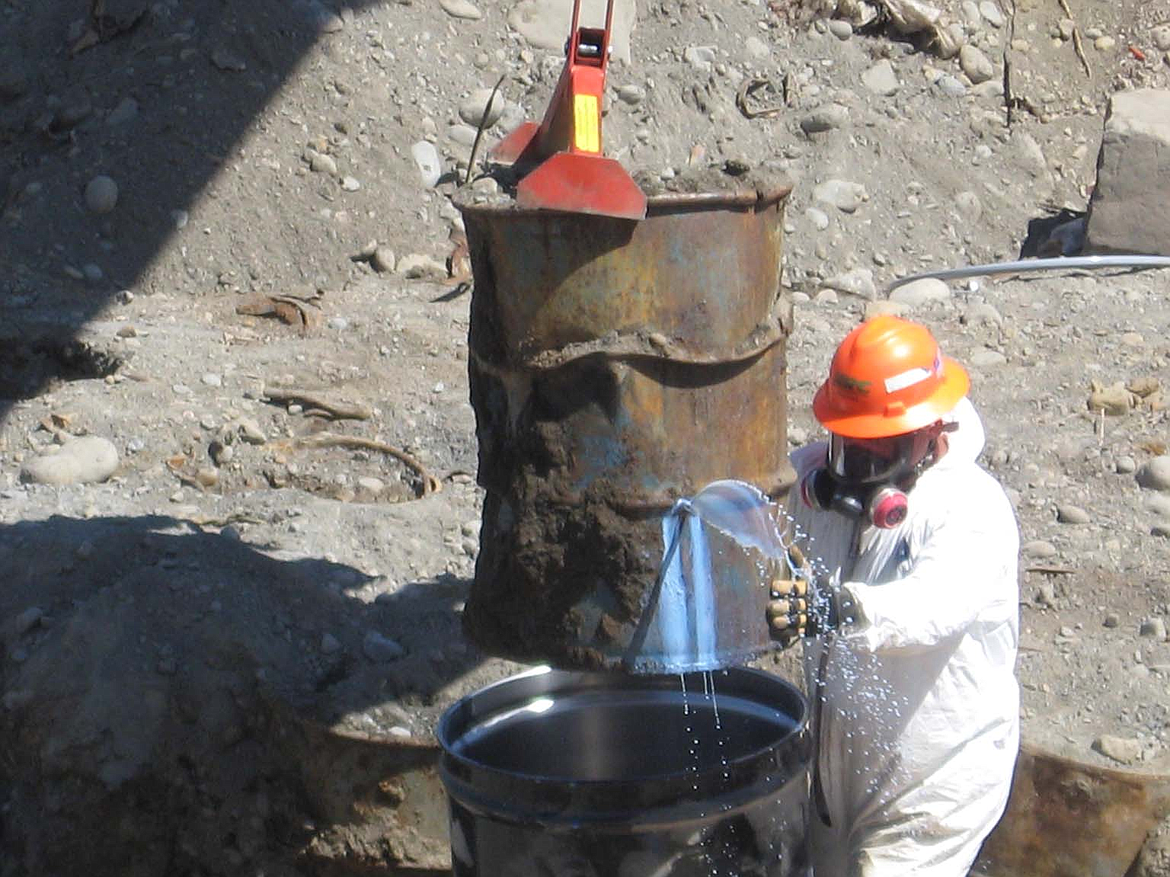A near-century of remediation: Public works haunted by old Grant County landfill
The old Grant County landfill, a chunk of land directly adjacent to the active one and otherwise indistinguishable from the hillside, has been closed to the public since 1974. Much like the active landfill at 3803 Neva Lake Road NW, in Ephrata, the old site requires daily maintenance.
Become a Subscriber!
You have read all of your free articles this month. Select a plan below to start your subscription today.
Already a subscriber? Login






